All aiming at deepening out understanding of neutrinos
The Deep Underground Neutrino Experiment (DUNE) is a next-generation neutrino oscillation experiment.
The near detector of the experiment will be situated in Fermilab, near Chicago, USA, with the neutrinos travelling over 1300km until they reach the far detector in the Sanford Underground Research Facility, in Lead, South Dakota. The experiment will be able to measure the properties of neutrinos with unprecedented precision.

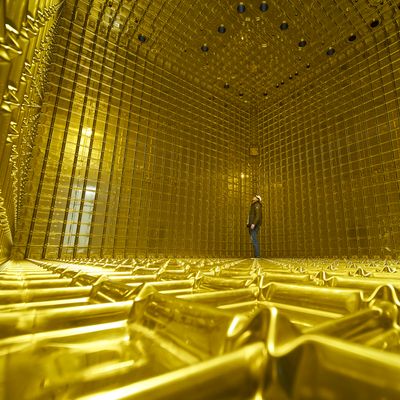
ProtoDUNE aims at pioneering Liquid Argon detector technologies for DUNE
ProtoDUNE at CERN is a critical prototype for the Deep Underground Neutrino Experiment (DUNE), operating as a liquid argon time-projection chamber (LAr TPC). It tests and optimizes technologies for DUNE's far detectors, advancing high-precision studies of neutrino interactions. The experiment explores fundamental questions like neutrino mass hierarchy, CP violation, and physics beyond the Standard Model. Research efforts include detector calibration, advanced data acquisition, and computational algorithms for event reconstruction. Collaborative work with global partners drives innovations in neutrino research.
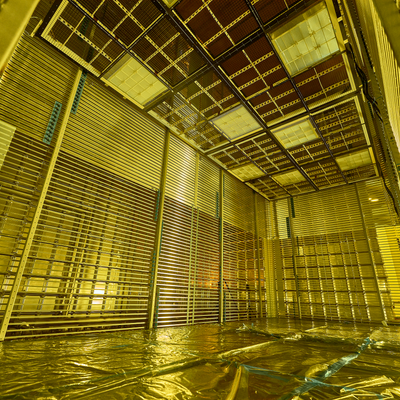

The Tokai-to-Kamioka (T2K) experiment is a long baseline neutrino oscillation experiment.
A beam of muon neutrinos (or anti-neutrinos) is created at the Japan Proton Accelerator Research Complex in Tokai. Beam properties are measured at a Near Detector complex, before the neutrinos travel 300 km towards the East of Japan. While travelling, most neutrinos change their flavour, and are then measured again at the Far Detector, located underneath Mount Ikeno near Kamioka.
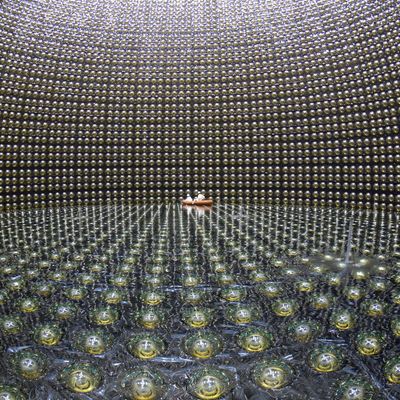

Investigating sterile neutrinos at Fermilab
The ICARUS-T600 detector is the largest liquid argon time-projection chamber (LArTPC) ever built and serves as the far detector for Fermilab’s Short-Baseline Neutrino (SBN) program. Originally operated at LNGS with the CERN Neutrino to Gran Sasso beam, it was later upgraded and installed at Fermilab. ICARUS has successfully begun data collection with the Booster Neutrino Beam (BNB) and Neutrinos at the Main Injector (NuMI). Its primary goal is to confirm or refute the existence of sterile neutrinos, addressing anomalies observed in short-baseline experiments. Additionally, ICARUS contributes to neutrino cross-section measurements and Beyond Standard Model searches.
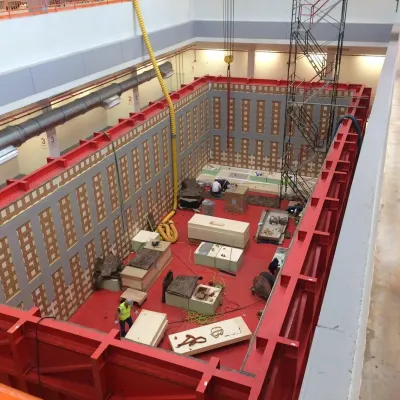
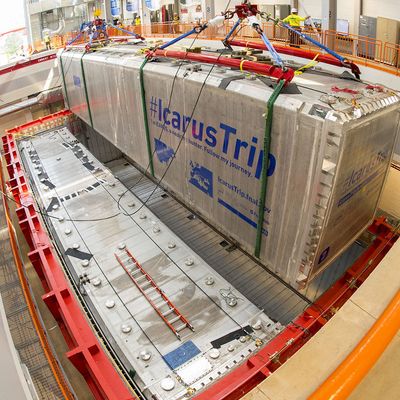
SND@LHC aims at exploring High-Energy Neutrinos at the Large Hadron Collider
SND@LHC is a neutrino scattering experiment at the Large Hadron Collider, operational since 2022. Located 480 meters downstream of the ATLAS interaction point, it features an 800 kg tungsten target combined with emulsion and electronic trackers. The experiment detects all three neutrino flavors in the high-energy range of 100 GeV to 1 TeV, exploring an unexplored pseudo-rapidity region. It provides new insights into heavy-flavor production and high-energy atmospheric neutrinos. Additionally, SND@LHC searches for Feebly Interacting Particles (FIPs), complementing indirect searches at other detectors.
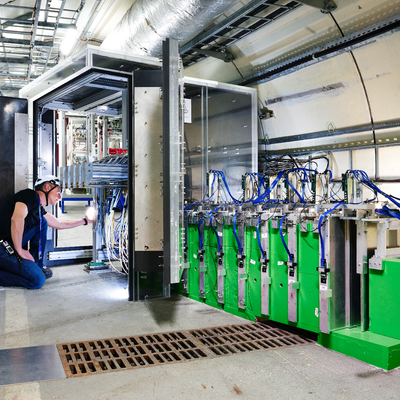
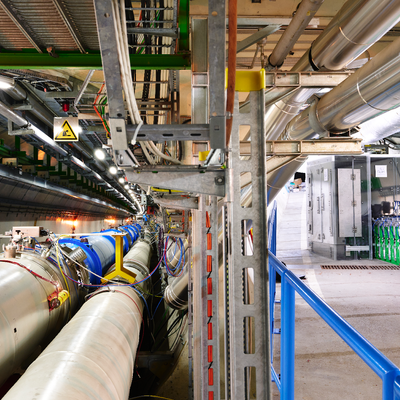
3DET aims at revolutionizing neutrino detector manufacturing with 3D Printing
The 3DET collaboration simplifies the production of finely granulated scintillator detectors by leveraging 3D printing technology. Traditional detectors require millions of meticulously aligned miniature cubes, each threaded with optical fibers to transport scintillation light. 3DET's innovation involves simultaneously 3D-printing large "super cubes" with pre-formed optically separated voxels, leaving space for fiber insertion. This approach significantly reduces manufacturing complexity while maintaining high detector performance. The method represents a breakthrough in scalable detector production for advanced neutrino experiments.
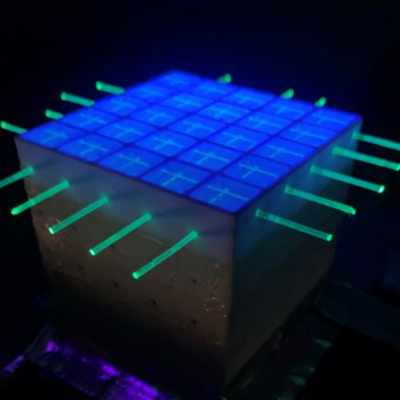
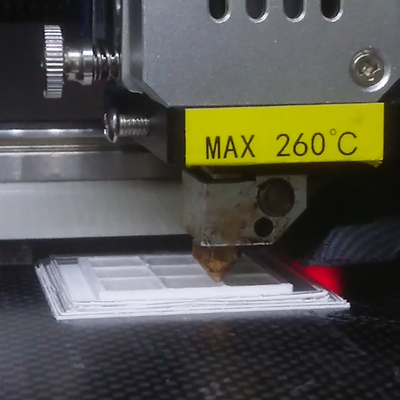
nuSCOPE is investigating the physics potential and feasibility of a short-baseline neutrino beam experiment at CERN, using a monitored and tagged neutrino beam.
nuSCOPE is a collaboration formed as a result of the merging of the ENUBET and NuTag collaborations. The collaboration is investigating the physics potential and feasibility of a short-baseline neutrino beam experiment at CERN, using a monitored and tagged neutrino beam. Thanks to its unprecedented control over the neutrino flux, such a facility is uniquely positioned to perform precise measurements of neutrino-nucleus scattering processes, thus tackling the main source of systematic uncertainty for future long-baseline neutrino oscillation experiments.

